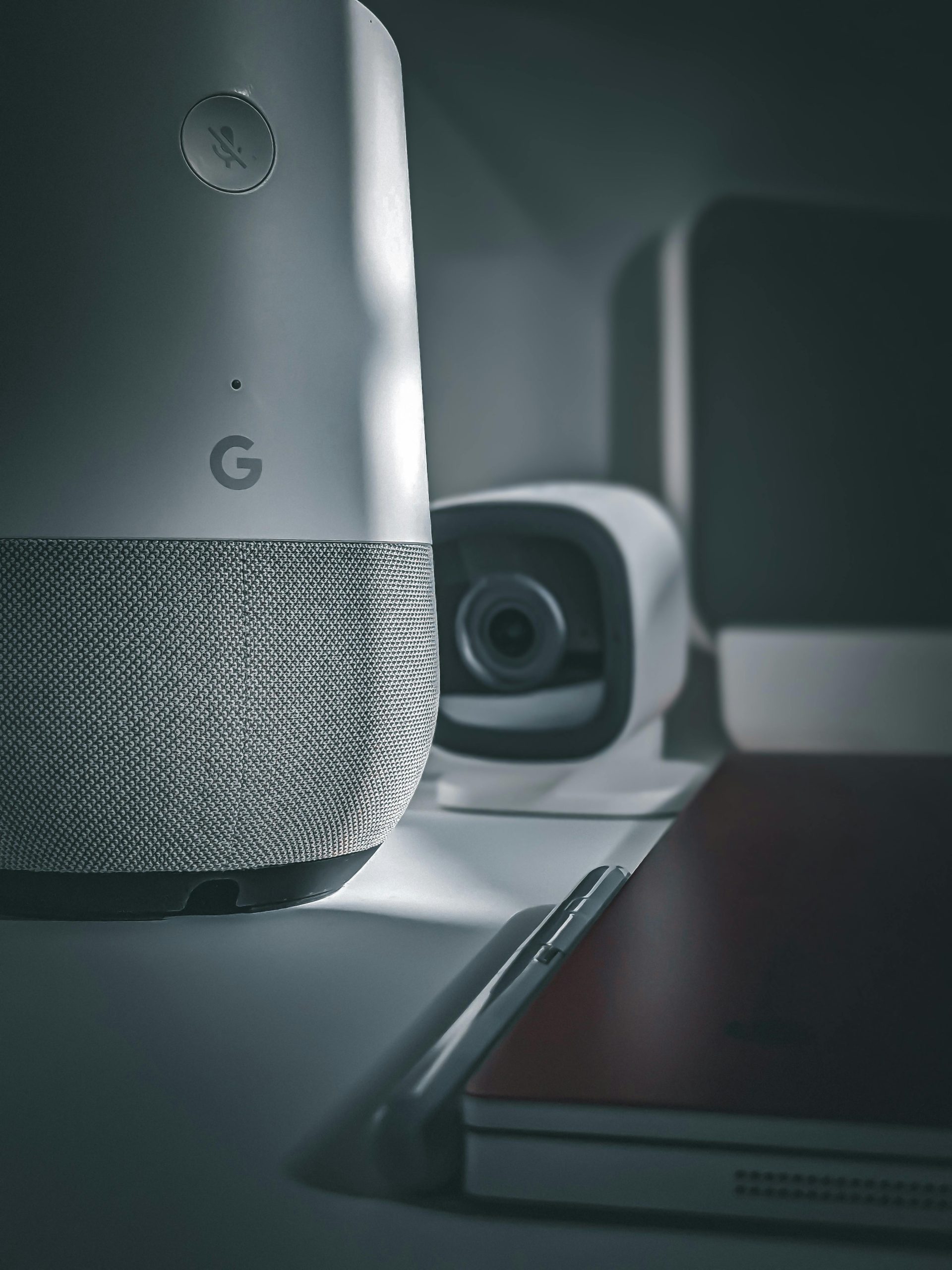The stakes are rising: Google’s latest AI-powered video creation tool heats up
The Rise of AI-Generated Content: A Cause for Concern?
Recently, I stumbled upon an intriguing YouTube channel dedicated to sharing nature documentaries. However, there was a twist: the content was entirely created by artificial intelligence. The most alarming part? Many viewers seemed blissfully unaware that they were watching something that wasn’t real.
Curious about this phenomenon, I decided to investigate further and discovered that the channel’s audience genuinely believed in the authenticity of the AI-generated videos. It was disheartening to see how difficult it was to persuade them otherwise. You can take a look at an example here: YouTube Short – Nature Documentary.
In response to this misleading content, I reported the video to YouTube. However, I’m skeptical about any significant action being taken. This raises an important question: why would a tech giant like Google empower such a powerful AI model that could lead to a deluge of misleading content across its platforms?
The challenge is clear. If platforms like YouTube are inundated with AI-generated videos that lack transparency, the integrity of the content we consume is at risk. Simply banning individual channels won’t address the broader issue; it’s merely a temporary fix.
As we navigate this rapidly evolving landscape, there’s a growing necessity for regulatory measures. One potential solution could involve introducing legislation that mandates the clear labeling of AI-generated videos. If we don’t see progress on this front soon, we may find ourselves in a precarious situation where discerning fact from fiction becomes increasingly difficult.
As we continue to embrace innovative technologies, it’s vital that we also advocate for transparency and accountability. The future of content consumption depends on it.














Post Comment